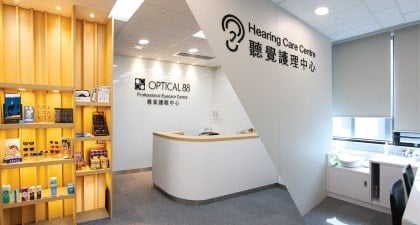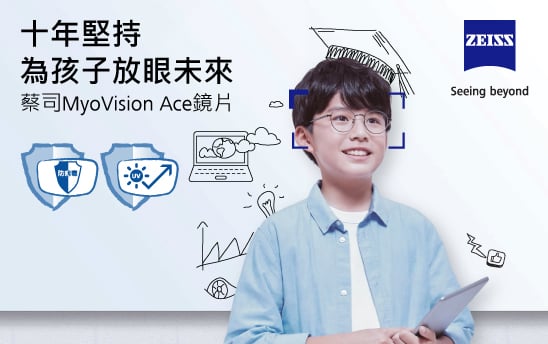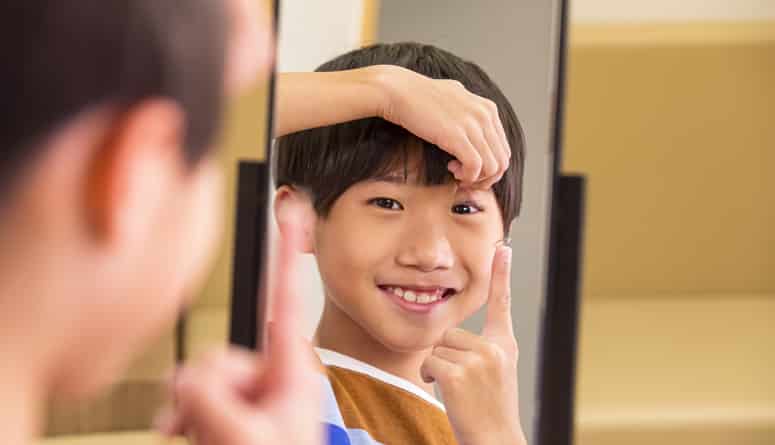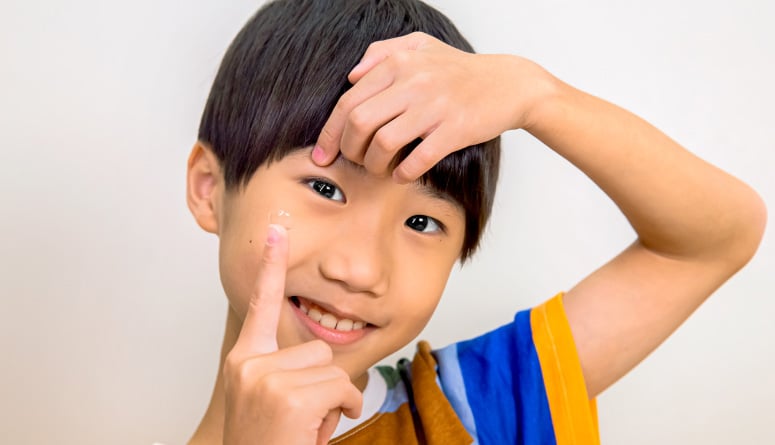- News
- Products
No content found
- Online Store
- Professional Services
- Health
- Our Stores

- About Us
- Member
No content found

Myopia control lenses is the most frequently used and the simplest method in myopia management, same as normal spectacles for correcting myopia.
To maximize the effectiveness of myopia control lenses, proper usage and good visual habits are essential. Myopia control consultants in Optical 88 will understand the myopia progression and visual needs of children. With illustration the lens design and myopia control mechanism, we help customers better understand our solution. We also give advices on frame selection and precise fitting, follow up regularly to monitor proper lens usage and evaluate the effectiveness.
Who is suitable for myopia control lenses?
Pros
Cons



Orthokeratology (Ortho-K) is a technology for correcting refractive error by changing the shape of the cornea. It is a non-surgical treatment that requires wearing specially designed hyper-gas permeable contact lenses, it is proven to be effective in controlling children’s myopia progression1,2.
Wearing Ortho-K lenses overnight can reshape the cornea to temporarily reduce myopia and astigmatism and improve visual acuity. The reshaping effect of the cornea allows light entering the eyes to form “peripheral defocus”, delivering an effective way to slow myopic progression.
Who is suitable for Ortho-K treatment?
Children aged six or above and able to handle contact lenses
Myopia below -5 diopters and/or astigmatism under -2 diopters. (People with higher power are still applicable but they may need to wear glasses during the day)
Pros
Cons
Is it risky?
Ortho-K may have adverse effects. However, if you maintain regular checkups and strictly follow instructions given by professional optometrists, you can minimize the risk. You can stop the treatment any time you want and the cornea will return to its original shape within a few weeks and the refractive error will come back as well.

Myopia control contact lens belongs to soft contact lens to wear in daytime. It provides an alternative for myopia control. Parents do not have to worry about dislocation or even damage of spectacles and children enjoy their daily lives and sports with wider field of view with no spectacles.
Concentric rings design allows part of the light to enter the eye and create myopic defocus, hence slow down myopia progression. The rest part of the light focuses on the retina provides clear image.
Who is suitable for myopia control contact lenses?
Pros
Cons
Is it risky?
Wearing contact lenses may have adverse effects. However, if you maintain regular checkups and strictly follow instructions given by professional optometrists, you can minimize the risk.
Myopia Control Soft Contact Lenses

Recent researches showed that Low dosage Atropine (0.01 to 0.1%) eye drops is effective in controlling myopia progression with minimal side effects1, 2. 0.05% dosage was shown to slow down myopia progression by about 70% with only 1mm pupil dilation effect. It does not cause any discomfort in most of children2.
Who is suitable for Atropine?
It is suitable for children who are not allergic to atropine eye drops. (Must be prescribed by ophthalmologist to ensure it is suitable to use and there is no allergic response)
Pros
Cons
References:

